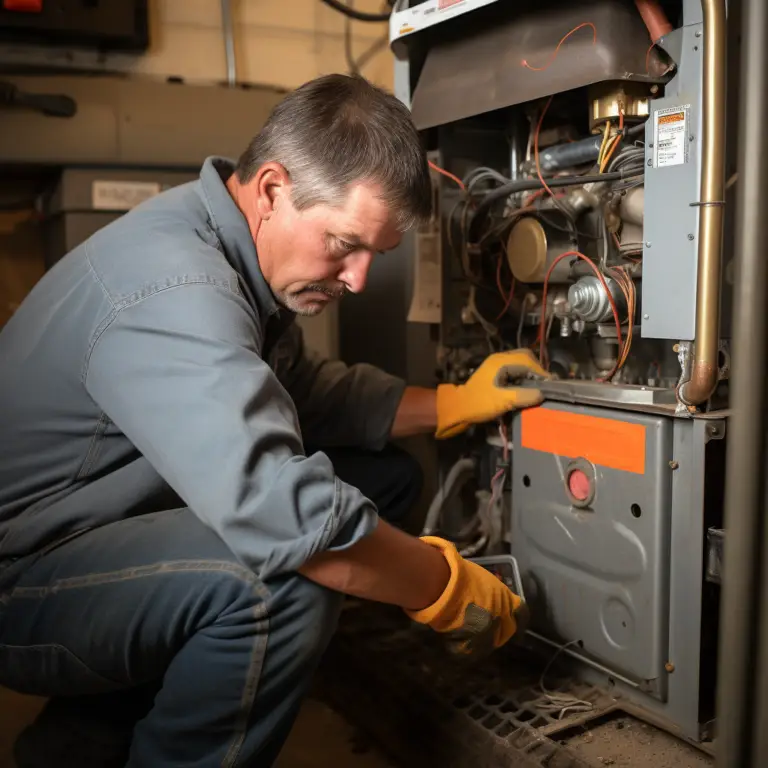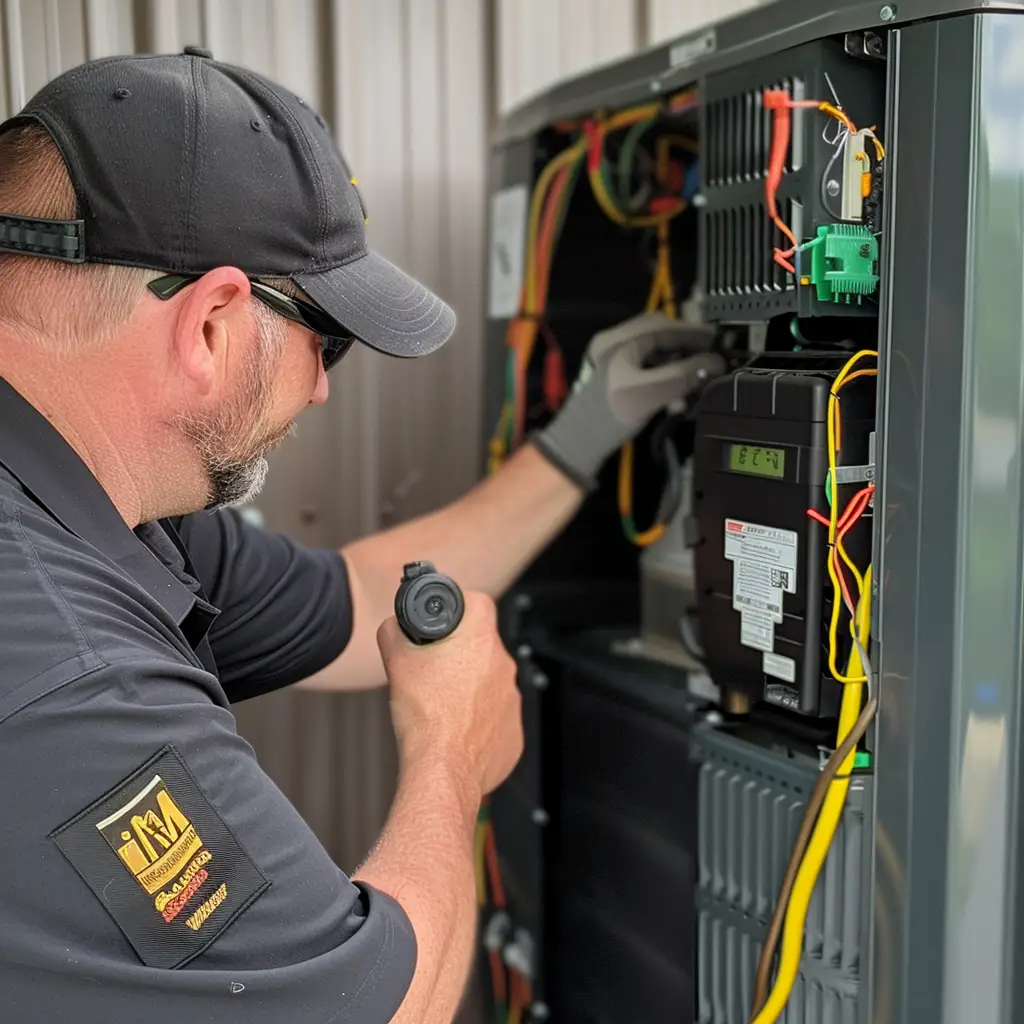Introduction: The Importance of a Functioning Furnace
Having a reliable furnace is crucial, especially during the colder months. However, like any household appliance, furnaces are prone to issues. Understanding how to troubleshoot these problems can save time and discomfort. This article provides a comprehensive guide on what to do when your furnace stops working.
Identifying Common Furnace Issues
- Power Supply Issues: A lack of power is a common reason for furnace malfunctions.
- Thermostat Malfunctions: An unresponsive or faulty thermostat can disrupt furnace operations.
- Filter Blockages: Clogged filters can hinder airflow and efficiency.
- Mechanical Wear and Tear: Regular usage leads to wear and tear, impacting the furnace’s functionality.
Step-by-Step Guide to Troubleshooting Your Furnace
- Checking the Power Supply: Ensure your furnace is plugged in and receiving power.
- Inspecting the Thermostat: Verify that the thermostat is set correctly and functioning.
- Replacing or Cleaning the Filter: A clean filter is essential for proper airflow.
- Examining Mechanical Components: Look for signs of wear or damage to mechanical parts.
Knowing When to Call a Professional
- Complex Mechanical Issues: Some problems require expert knowledge and tools.
- Safety Concerns: If there’s a risk of gas leaks or electrical issues, it’s best to call a professional.
Preventive Maintenance Tips for Your Furnace
- Regular Inspections: Routine checks can identify potential issues early.
- Cleaning and Upkeep: Regular cleaning enhances efficiency and longevity.
Trust AirPoint for Reliable Furnace Troubleshooting and Maintenance
In the journey of maintaining a warm and comfortable home, having a reliable partner like AirPoint can make all the difference. At AirPoint, we pride ourselves as a Carrier factory authorized dealer and NATE certified experts in Toronto, signifying our commitment to the highest standards in heating solutions. Recognized as the HomeStars Best of the Best 2023, and consistently rated with 5 stars on Google and HomeStars, our dedication to quality service is unwavering. All of our technicians are fully certified by TSSA, HRAI, and CSA, ensuring that your furnace issues are addressed with the utmost professionalism and expertise. For dependable furnace troubleshooting and maintenance, look no further than AirPoint.
To learn more about the top furnace problems and how to fix them, watch this video by Word of Advice TV.
Furnace Troubleshooting FAQs with AirPoint Expertise
What should I do if my furnace doesn't turn on?
First, check if the furnace is receiving power by ensuring it's plugged in and the circuit breaker hasn't tripped. Next, verify the thermostat settings to ensure it's set to heat and the temperature is set higher than the current room temperature. If these steps don't resolve the issue, it could be a more complex problem like a malfunctioning ignition or pilot light, for which you may need to call a professional.
How often should I replace my furnace filter?
Generally, it's recommended to replace or clean your furnace filter every 90 days or three months. However, this can vary based on the filter type, furnace usage, and environmental factors like pet dander or high dust levels. If you have pets or allergies, consider checking and replacing the filter more frequently.
Can a faulty thermostat cause heating issues?
Yes, a faulty thermostat can lead to heating issues. If the thermostat isn't calibrated correctly, it may not signal the furnace to turn on or off at the appropriate times, leading to inadequate heating or overworking the furnace. If you suspect thermostat issues, check its settings and batteries. If the problem persists, it might need professional recalibration or replacement.
What are the signs of mechanical wear in a furnace?
Signs of mechanical wear in a furnace include unusual noises (like banging, whistling, or grinding), reduced heating efficiency, frequent cycling on and off, and the presence of unusual odors. Physical signs, such as rust or soot around the furnace, can also indicate wear. Regular maintenance is key to addressing wear before it leads to more significant issues.
When should I consider replacing my furnace?
Consider replacing your furnace if it's over 15-20 years old, requires frequent and costly repairs, or is no longer efficient (leading to increased energy bills). Other indicators include inconsistent heating and the inability to keep up with your home's heating needs. Upgrading to a newer, more efficient model can be more cost-effective in the long run.





